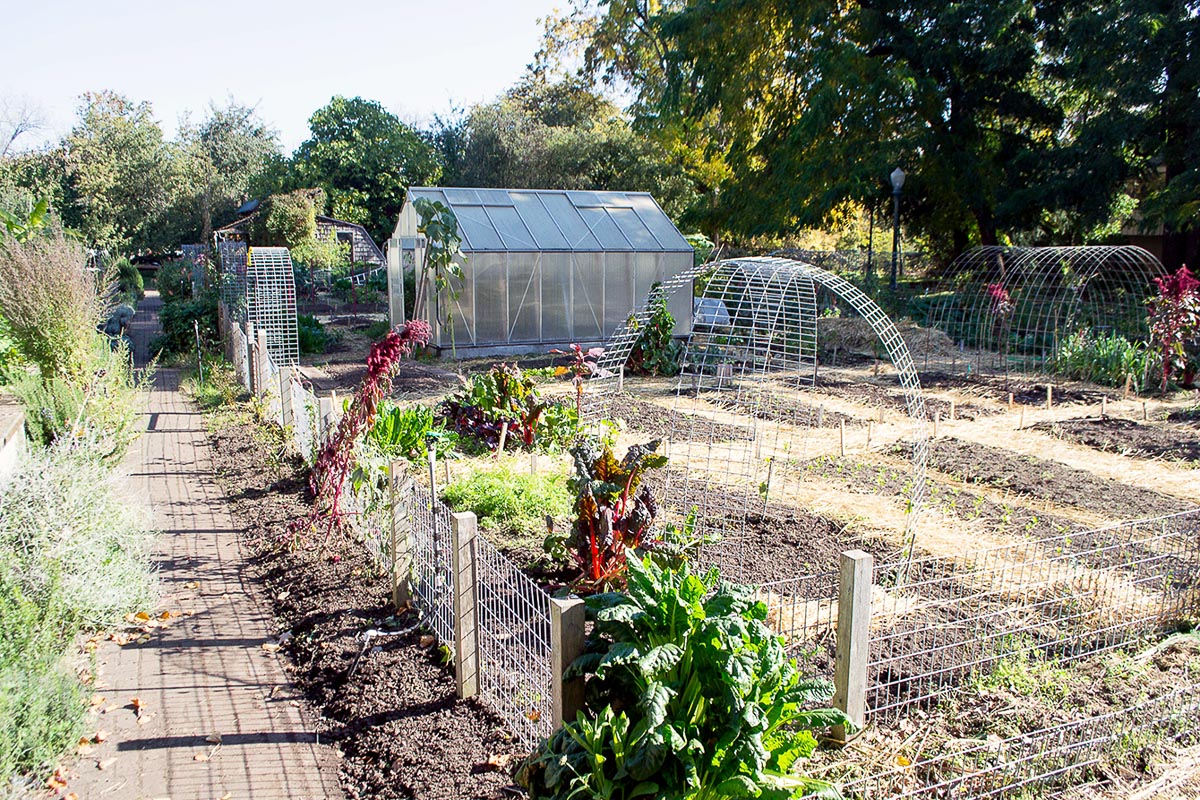The 7-Second Trick For City Blooming
Table of ContentsThe 7-Minute Rule for City BloomingA Biased View of City BloomingCity Blooming Things To Know Before You BuyCity Blooming Things To Know Before You Get ThisNot known Facts About City Blooming
Interested in growing food offer for sale in the City of Chicago? Believing concerning starting an area yard? Adjustments to the Chicago Zoning Regulation permit agricultural uses like community yards and city ranches in numerous parts of the city. Below is a list of frequently asked inquiries pertaining to the guidelines and laws that cultivators need to think about when planning an urban agriculture task.
The zoning amendment does not change any kind of various other codes handling composting, structure authorizations, purchasing or renting City possessed residential property, organization licenses or environmental contamination. There are existing codes that regulate these problems and they continue to be in full effect and might apply to your project. Area yards are normally owned or managed by public entities, public organizations or community-based companies and maintained by volunteers.
Urban farms grow food that is meant to be offered, either on a not-for-profit or for-profit basis. As a result of their industrial objective, city ranches need an organization license. Yes. An area yard is allowed to offer surplus produce that was expanded on site if the sales are accessory or subservient to the yard's primary function described above.
Our City Blooming Ideas
The quantity of garden compost material can not exceed 25 cubic lawns at any type of provided time according to the criteria in 7-28-715 of the City's Municipal Code. Because the dirt at a lot of brand-new garden sites needs amending, garden compost, dirt, wood chips, or other materials can be gotten to build or improve the growing room.

If a building authorization is called for then the hoophouse will be thought about an accessory structure. You can figure out more about the building authorization requirements by calling the Department of Buildings. The 25,000-square-foot size restriction is intended to stop a single area garden from dominating an offered block or taking away from the block's existing residential or commercial character.
The limit does not apply to gardens situated in Public Open Room (POS) areas. Can there be more than one community garden that is 25,000 square feet on a single block? Yes. The size limit uses to individual gardens, not to individual blocks. No. Fence is not required, nonetheless, gardens that have big car parking areas might be needed to mount fence or other landscaping features.
City Blooming - The Facts
B1 & B2 districts call for that all commercial usage activities be conducted indoors. R areas restrict business activity. The guidelines reflect the function and intent of the Zoning Code. Is secure fencing required for city ranches? Yes. Fencings may be needed, along with landscaping and testing, for certain parking lot and exterior job or storage space areas relying on area and the specific task occurring.
Yes. Urban farms require structure licenses and zoning authorizations before construction. Various other types of city testimonial might be needed depending on certain structures, activities, size, landscaping, licensing, public heath and stormwater monitoring problems. A number of these needs are recognized in the task style or allowing process, nonetheless, the applicant may be responsible to individually recognize particular licenses or permits that may be required.
Yes. The type of permit is established by what is happening at the site. The Division of websites Business Affairs and Customer Defense can help establish the specific sort of company permit that's called for. Yes. Off road vehicle parking is required for most commercial jobs in Chicago. The called for variety of car park spaces is based on the number of workers functioning on website and not the square video footage of the growing space.
All about City Blooming

Yes. A metropolitan ranch can offer garden compost product generated on website, however, the operation has to abide with the laws in 7-28-715 of the Chicago Municipal Code. Yes. Aquaponic systems are permitted indoors on metropolitan ranches in several zoning areas. A zoning evaluation and building license is called for in order to install frameworks or systems and a service permit is required as described over.
Approximately 5 hives or colonies of honey might be maintained as an accessory usage. Beekeepers should sign up with the Illinois Department of Agriculture. For more information about the proposed zoning modification you might speak to the Department of Real Estate and Economic Advancement, Bureau of Preparation and Zoning at 312.744.8563.
Farming in cities and city areas A city ranch in Chicago. Urban agriculture refers to various techniques of cultivating. https://www.producthunt.com/@cityblooming11, handling, and distributing food in urban locations. The term additionally puts on the location tasks of animal husbandry, aquaculture, beekeeping, and gardening in a metropolitan context. Urban farming is identified from peri-urban farming, which occurs in rural areas beside suburban areas.
The Buzz on City Blooming
It can involve an activity of organic growers, "foodies" and "locavores", who seek to form social media networks based on a shared values of nature and community holism. These networks can establish by method of official institutional support, becoming incorporated right into local community planning as a "transition community" movement for sustainable metropolitan growth.
The extra direct accessibility to fresh veggie, fruit, and meat products that may be become aware through metropolitan agriculture can improve food safety and food security while lowering food miles, bring about lower greenhouse gas discharges, thus contributing to climate change mitigation. Several of the first evidence of urban agriculture originates from Mesopotamia.